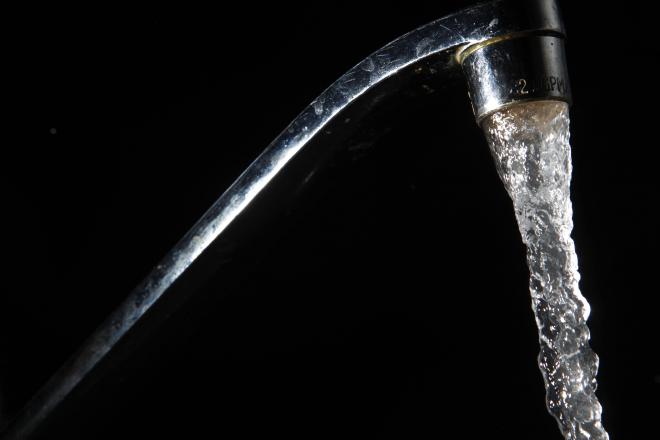
Importantly, then, our drinking water may become contaminated by way of leaky pipes.
"Previous studies have shown that material around water pipes contains harmful contaminants, including viruses and bacteria from feces, so anything sucked into the network through a leak is going to include things we don't want to be drinking," Dr. Joby Boxall, lead researcher and a professor in the Department of Civil and Structural Engineering, stated in a press release.
Water Pressure
"Water suppliers are responsible for continuously supplying clean and safe drinking water fundamental to society and public health and well being," wrote the researchers in the introduction to their new study. Yet, when contaminants enter a water system through a leaking pipe, they eventually may reach consumers' taps and flow out with the drinking water. Such pollution may be very low in concentration, Boxall and his colleagues say, yet even such a low level of contamination would fail safety tests.
Even worse, microorganisms and pathogens, once they've entered the network, might attach to the inner surface of the pipe. After multiplying there, these illness-causing microbes might become dislodged by a change in water pressure and then reach your tap, ultimately your drinking water, at even higher concentrations.
While leaks don't pose a risk to drinking water most of the time, water pressure - more precisely, a sudden drop in water pressure - is key. Whenever there is a sudden change in water velocity, total water pressure will drop. Valve or pump failures, for instance, might spur a pressure drop as would a sudden demand on the system - such as when firemen pump out large volumes to fight a blaze. In fact, pressure drops regularly take place in operational water networks, according to results from a few studies, most of them conducted in the United States.
Internationally, water distribution networks cannot be monitored at sufficient frequency, plus the water industry simply cannot stop all leaks. Working around this situation, then, officials focus instead on preventing the kind of pressure changes that would enable contaminants to enter the system.
However, because studies of water pressure in operational networks are limited, the researchers say they cannot be certain how often pressure falls low enough to allow contaminants to enter the drinking water supply. This brief video further explains the findings of this new research:
Source: Fox S, Shepherd W, Collins R, Boxall J. Experimental Quantification of Contaminant Ingress into a Buried Leaking Pipe during Transient Events. Journal of Hydraulic Engineering. 2015.



Reader Comments
to our Newsletter